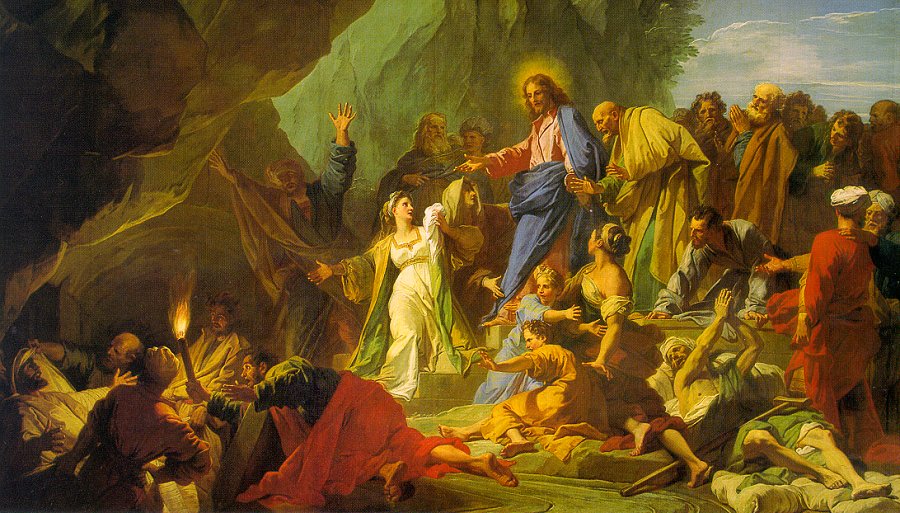Sorry I didn't get back to you earlier, JO.
JO: "cameo....You may have explained this and perhaps I missed it, but are you saying the artists of these early paintings were somehow trying to convey hidden messages that the church wanted to keep secret?"
Anything is possible. Some elements in these paintings seem to be purposely conveying a message way beyond just depicting an old quaint story.
For the first time ever, we are now able to see many pieces of the puzzle---art from museums, ancient artifacts, virtual tours of ancient places---why we are able to see the artwork depicted on the walls of the catacombs and that is not even open to the public! This is the age of revelation, you know, when those things that have been hidden from us will be revealed.
I think it's time to examine the evidence and ask a lot of questions.
We don't have to depend on the pulpit for our answers because we have already seen evidence of their lies and manipulations.
Pandora's box has been opened.


